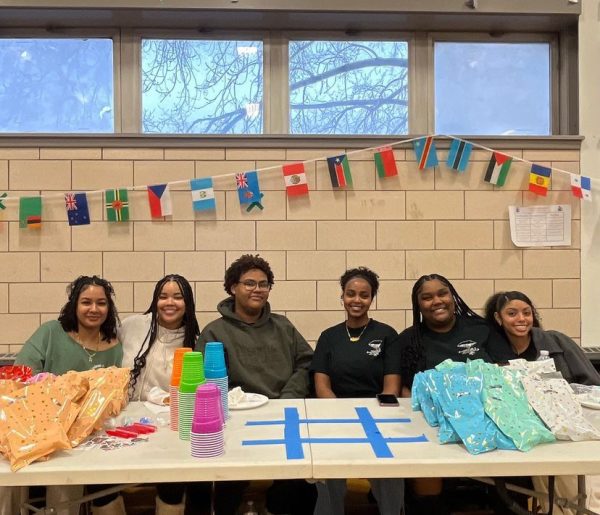Escalating tensions between Ukraine and Russia
January 20, 2022
According to the New York Times, this week, United States diplomat Anthony J. Blinken will conference with the Russian foreign minister in Geneva, Switzerland to express concern over the possibility of Russia invading Ukraine. Blinken represents the United States’ interest in standing behind Ukraine with support for Ukraine’s embattled government. Whether or not Blinken promised Ukraine’s president—Volodymyr Zelensky—or foreign prime minister—Dymytro Kuleba—specific strategies to perhaps fight the Russian military, for instance, what was confirmed was the Biden administration approving an additional $200 million as a defensive security aid for Ukraine.
Tensions between Ukraine and Russia remain high as Russia positioned around 100,000 troops “along with its western borders Ukraine, although precise estimates vary.” according to the New York Times. Scholars believe that Russia could strike at any given time, conditions escalating from tension to war. This raises the question of how the tension began between the two neighboring nations.
As documented in AP News, on January 12, there was a meeting in which NATO and the United States rejected Russian security demands for easing tensions like Russia’s possible plans of invading Ukraine. Despite the denial, in 2014, Russia annexed the Crimean Peninsula from Ukraine and backed a separatist insurgency in eastern Ukraine. This meeting between the NATO-Russia council was put on pause after the annexation of the Crimean Peninsula. According to the NATO website, NATO had tried to reach out to Russia in previous years as a sign of friendship and cooperation but suspended that during the annexation. Due to the fact that Russia had used military force upon its neighbors, NATO had deployed four multinational battlegroups to the Baltic States and Poland in 2016, and NATO still plans to have an open dialogue with Russia despite the past events.
The NATO secretary-general Jens Stoltenberg—according to AP News—said Ukraine gets to decide its own future security agreements and plans. The Russian government asked for a halt to NATO’s eastern entanglement, a freeze of bases and weapons systems in the former Soviet territory, an end to Western military assistance to Ukraine, and a ban on intermediate-range missiles in Europe. Putin’s demands were rejected because NATO would have to close off the option of membership plans for various countries besides Ukraine but Estonia, which is also close to Russia, and then as an exchange, Russia said it would limit its war games and end aircraft incidents and other hostilities.
Scholars believe that if NATO follows through with Russia’s proposal, Ukraine will not be able to become a member of NATO. This motion goes against NATO’s principles extending an alliance in countries that might want/need the extra security.


